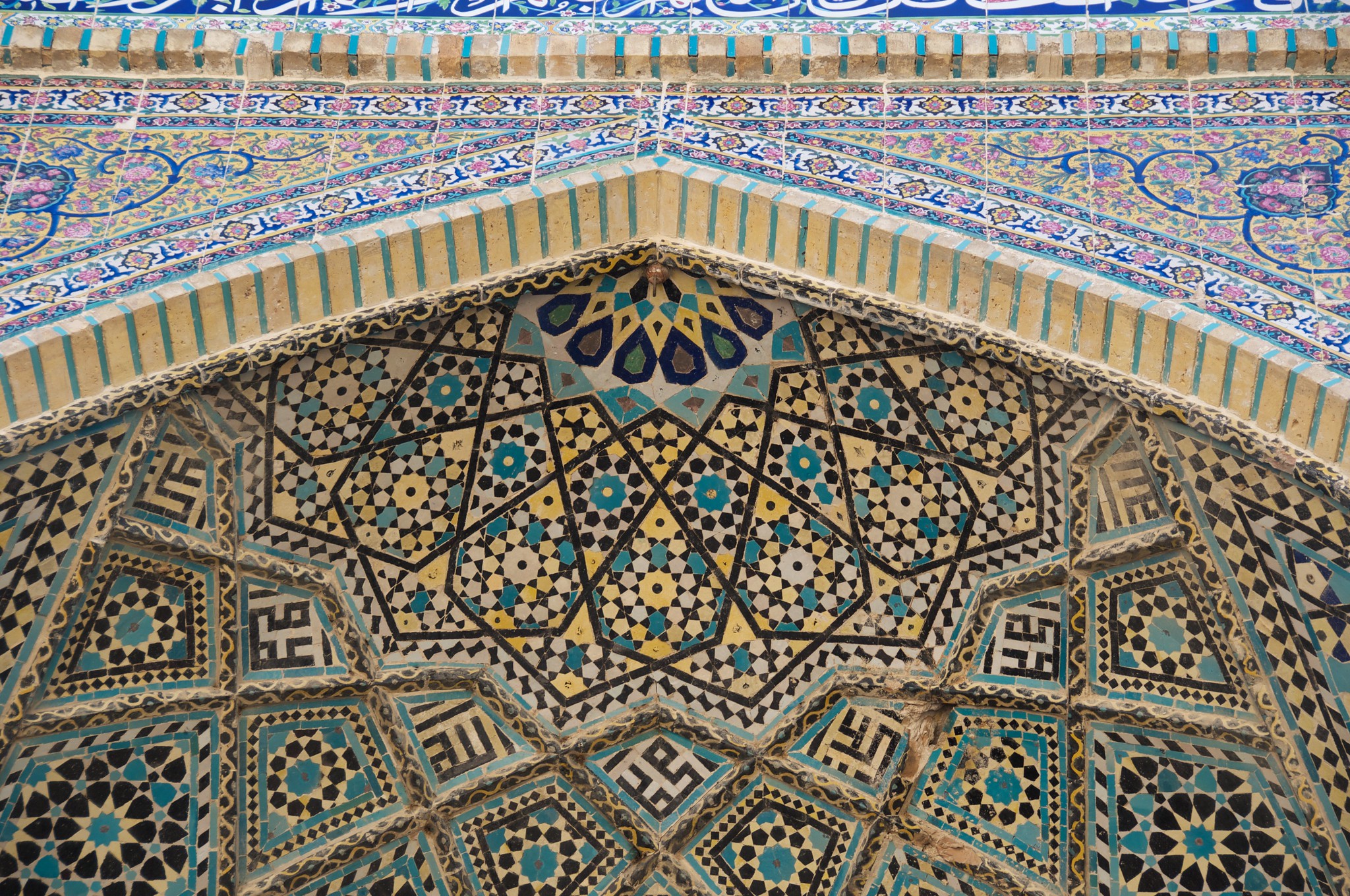The earliest reference to the city of Shiraz is on Elamite clay tablets which date back to 2000BC.
Shiraz

The city of Shiraz is the capital of Fars Province and the fifth most populous city of Iran. The 2106 national census recorded the poulation of the city at 1,565,572,
Covering an area of 240 Km2, Shiraz is located in the south of Iran and is built in a green plain at the foot of the Zagros Mountains, 1500 meters above sea level. Fars was one of the seats of the Achaemenid Empire that stretched from Egypt to India. Fars Province has played a significant role in Iran’s ancient history– the Persian language spoken today is called Farsi. The Province is home to many important historical monuments including the UNESCO-inscribed sites of Pasargadae and Persepolis.
The word Shiraz was first referred to as Shirrazish and Tirrazish on Elamite clay tablets dating back to 2000 B.C. Recent excavations attribute early settlements in the plain of Shiraz to approximately 5500 B.C. Shiraz became one of the main cities of the province and rose to special prominence after the advent of Islam. Shiraz flourished and became an art and knowledge center during the Safavids (1501-1722). In 1766, during Karim khan Zand’s reign, Shiraz was selected as the capital city of Iran. Under the Zand Dynasty, Shiraz underwent rapid and huge development in terms of trade, economy, and especially arts and culture. Most of the architectural masterpieces remaining today (Karim Khan Citadel, Vakil Bazar, Vakil Mosque, etc.) were built during that time.
Shiraz boasts a long, distinguished tradition of art. It is the birthplace of the Shiraz School of art, which encompasses works of miniature, tile-working/mosaic, mirror-working, Khatam, sculpture, etc. The ‘Bird and Flower’ style of art, which flourished in the 14th century, originated from this school of art. Khatam of Shiraz has received the UNESCO SEAL (seal of excellence). Shiraz has been designated a World Craft City in January 2020.
Shiraz is the birthplace of poets Hafez (1315-1390) and Saadi (1210-1291 or 1292), whose work has influenced writers and poets around the world for centuries. Inspired by Hafez, Goethe wrote his West- Eastern Diwan. Also, Sa'di's Bustan (the Orchard) was ranked by the Guardian newspaper among the top 100 books of all time.
The City of Shiraz has undertaken a variety of initiatives to move towards a sustainable future. It has modernized the waste management system, built and expanded the subway network, introduced a smart bike- sharing mode of transportation, and increased the green space per capita by establishing new parks and green spaces.
More recently, Shiraz has become known as a major health hub for the Middle East region, with a strong reputation for organ transplant. In 2017, more than 620 liver transplant operations were carried out in Shiraz Namazi hospital outnumbering any other medical center.
The City of Shiraz is a Metropolis member: www.metropolis.org/member/shiraz
Report of the visit from the Metropolis Secretariat General to three Iranian metropolises in May 2019: https://www.metropolis.org/news/spotlight-urban-iran-trends-mashhad-shiraz-and-tehran
The Mayor
The Mayor of Shiraz is Mr Mohammad Hassan Asadi
City of Shiraz on the use platform
Below are 2 initiatives being implemented by the City of Shiraz that demonstrate effective metropolitan governance, sustainable citymaking and the localization of the SDGs.
City Profile
For a detailed profile on the City of Shiraz including population demographics, administrative structure, industry and economics, click on any of the above case studies and then select "City information".
Get Involved!
Join use in supporting the work of municipal governments and citymakers by sharing your local experience with our global audience. Upload your case study here